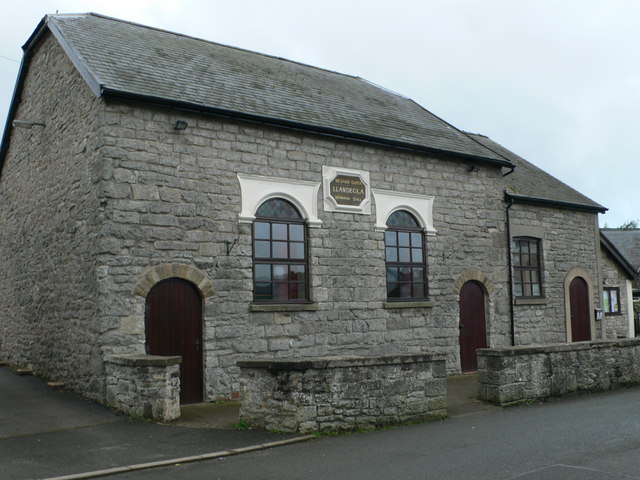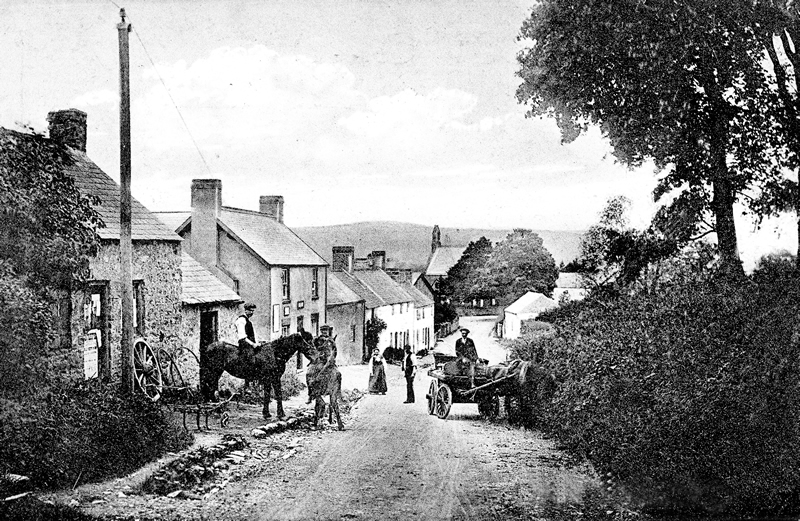LLandegla Memorial Hall
Built in 1841-42 the hall was originally a Wesleyan Church and was purchased by Mrs Dewhurst of Bodidris in 1914. Following full restoration the building was given to the village and was officially opened on 17th June 1918 as the Llandegla War Memorial Hall with the Bishop of St.Asaph officiating.
Since opening, the hall has been well maintained by a management group of trustees all of whom live in the community. With a field purchased behind the hall in the mid sixties, extensive renovations and additions including kitchen, toilets, committee room and the outdoor pavilion the Memorial Hall serves the community in many ways.
Pysgah Chapel
Bethania Chapel
The Calvanistic Methodist Chapel (Bethania) in Llandegla began its life in its current location in 1827 being opened for services in 1828. Refurbished in 1844, extended in 1861 the chapel was rebuilt in 1903. Sadly, services ceased in the Chapel a few years ago and it is now in private ownership.
The smithy
Tecla's Well
St Tecla's Well is situated just a few yards out of the village just after the river bridge along a sign posted footpath.
Renowned for its historic healing powers of the locally know Clwyf Tegla, or epilepsy as we know it today, the site has been visited for over 300 years. Records tell of a young John Abraham (13 years) who suffered from the Clwyf Tegla. Walking around the church three times reciting the Lord's Prayer, lying under the alter to sleep overnight with a cockerel and then to give the parish clerk a goat at the well and offer a second goat to the poor box was the treatment John followed. It is said that if the cockerel caught the disease the patient would be cured and in John's case the treatment must have been successful as he was still alive and working as a smith in Llandegla.
Reference: Edward Lhuyd (1696) Parochial Queries.



